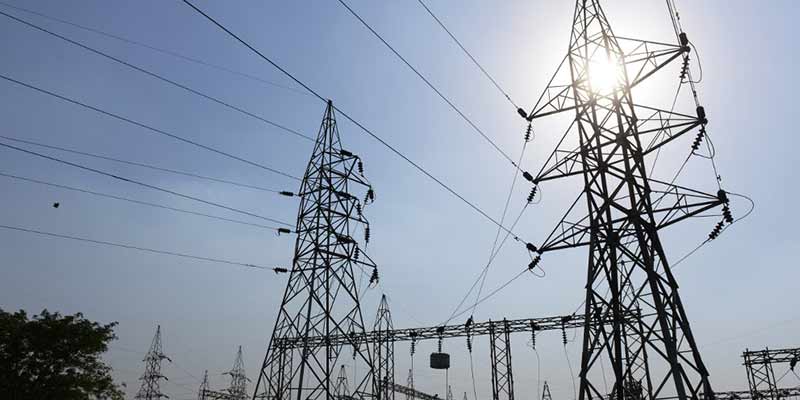- India
- Apr 15
- Sreesha V.M
Central Electricity Authority launches STELLAR tool
• The Central Electricity Authority (CEA) has launched a state-of-the-art, fully indigenously developed software model for resource adequacy planning — STELLAR.
• It is specifically to assist states in carrying out a comprehensive resource adequacy plan in line with the resource adequacy guidelines issued by the Ministry of Power in June 2023.
• It will help power distribution companies (discoms) and load despatchers across India in optimising electricity generation, transmission, storage, and demand response.
STELLAR offers several innovative features:
i) The tool performs chronological power system simulations.
ii) Accounts for unit commitment constraints including technical minimums and ramp rates.
iii) Incorporates endogenous demand response.
iv) It optimises ancillary services and determines the ideal size and placement of storage systems.
• These capabilities enable more accurate and efficient power system planning across India.
The benefits of the tool include:
i) The model ensures resource adequacy without overcapacity, helping achieve zero load shedding while maintaining cost efficiency.
ii) Optimisation of the cost of power system generation expansion and system operation while considering the benefit of demand response.
iii) Optimisation of energy and ancillary services.
iv) Optimisation of size and location of storage.
• The model will be distributed free of cost to all states and distribution companies, ensuring widespread access to this cutting-edge planning tool.
• The model's development received support from The Lantau Group and the Asian Development Bank through their technical assistance program, showcasing successful international collaboration.
• Looking ahead, CEA plans to focus on training and capacity building to ensure smooth adoption of STELLAR across states and utilities.
• The authority will continue refining the model based on user feedback, maintaining its position at the forefront of power system planning technology.
(The author is a trainer for Civil Services aspirants.)

